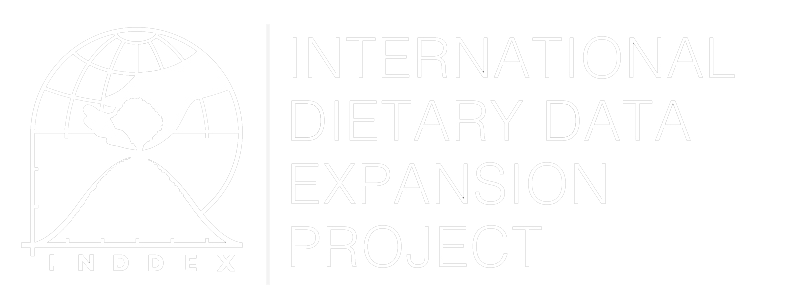Summary
Weighed Food Records (WFR), also called weighed food diaries or simply weighed records, are considered the "gold standard" of individual quantitative dietary assessment methods (Carlsen et al., 2010). WFR require the respondent or enumerator to weigh all foods and beverages at the time of consumption (rather than asking respondents to recall their consumption, as is done in the 24-hour quantitative recall, or 24HR). Any plate waste must also be recorded, as well as a description of the food along with preparation methods and brand names.
Though no dietary assessment methodology can completely prevent measurement error, WFR are often considered the most precise method when it comes to quantifying food intake, since each food is weighed, eliminating issues associated with portion size estimation through recall. As a result, the high degree of accuracy produced by WFR means they are often used as the reference method in validation studies of other dietary assessment methods (e.g. Alemayehu et al., 2011; Nightingale et al., 2016).
If working in a low- or middle-income country with low literacy levels the presence of a trained enumerator in the household is typically required throughout the period being assessed, from the time the first food or beverage is consumed in the morning to when the last one is consumed at night. When using WFR to collect dietary data, enumerators must be carefully trained to standardize measurement, instrument calibration, and interviewing methods in order to reduce measurement error. While enumerator-administered WFR provide very accurate estimates of dietary intake, they can be intrusive and time-consuming, as well as potentially distort the behavior of respondents’ due to the presence of an enumerator throughout the day (Ortega et al., 2015).
Furthermore, administering a WFR can be difficult in populations where people are out of the home for all or most of the day (e.g. urban areas or school age children), as the enumerator would have to accompany respondents throughout the day. If the population of interest is literate, then a food diary or self-administered WFR could be used, in which the respondent weighs and records all of the foods and beverages consumed over a specified period (e.g. 24 hours). Due to the expense and small sample size of most WFR collections, care must be taken to ensure that the sample is representative of the studied population (Wrieden et al., 2003).
Strengths:
- Offer a high degree of accuracy in assessing food and nutrient intake relative to other recall-based dietary assessment methods
- Provide quantitative estimates of individual food consumption and nutrient intake
- Take into account preparation methods and the effect on estimated nutrient content
- Applicable to diverse groups with a wide range of dietary patterns
Weaknesses:
- Significant training is required to minimize errors in data collection
- Data are frequently collected from small samples that are not nationally representative
- Enumerator-administered WFR are intrusive and can distort respondent behavior
- Like most surveys, to capture seasonal variation data collection must span the entire year or be repeated in multiple seasons
